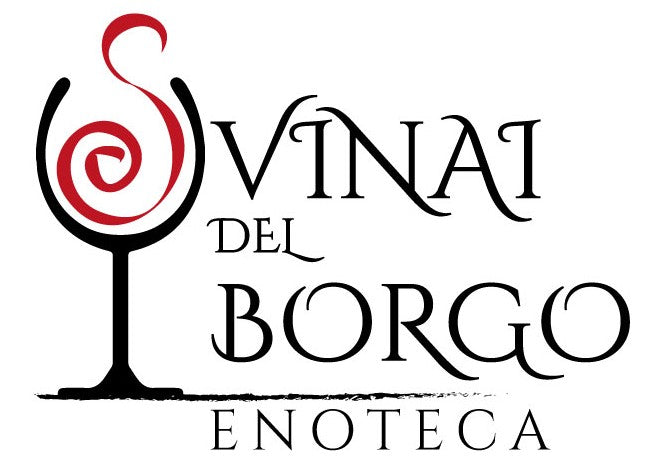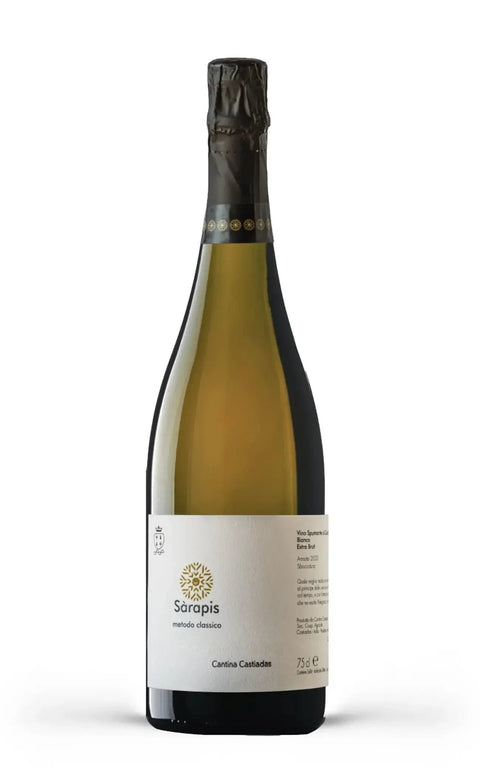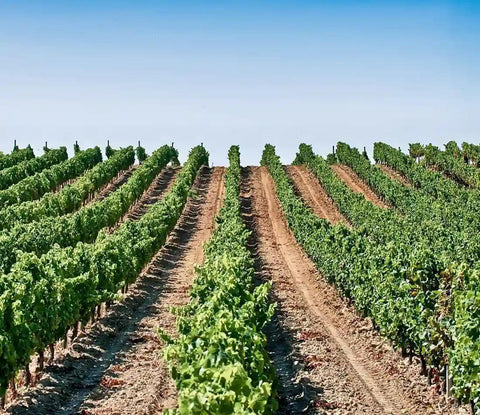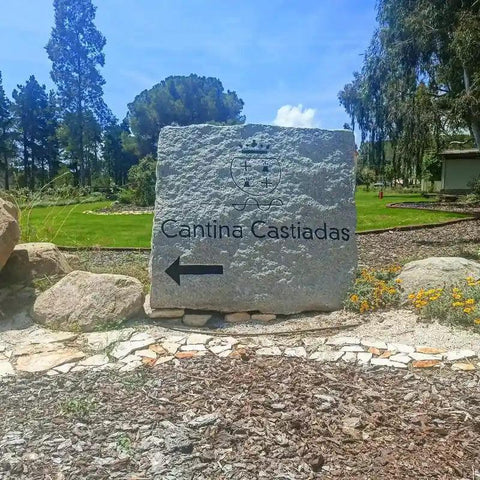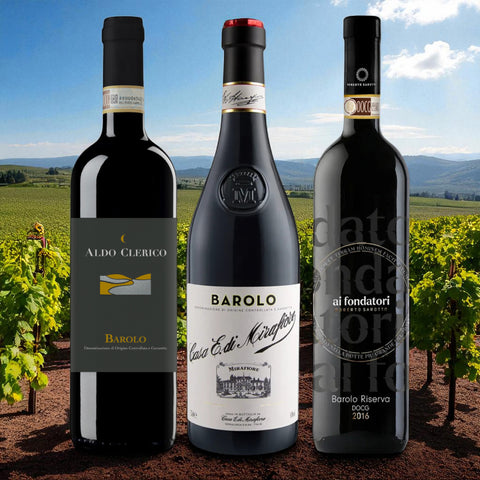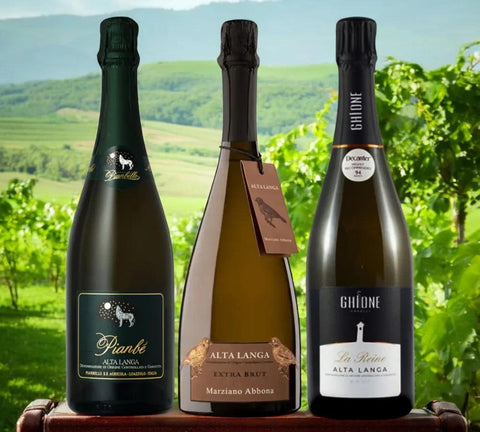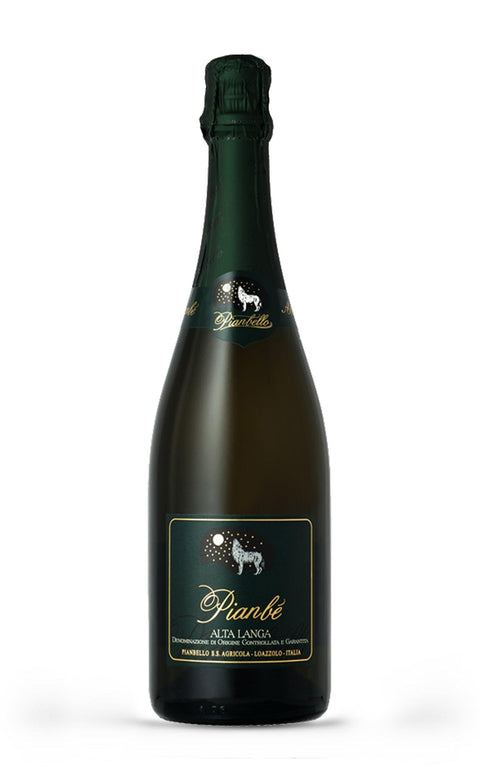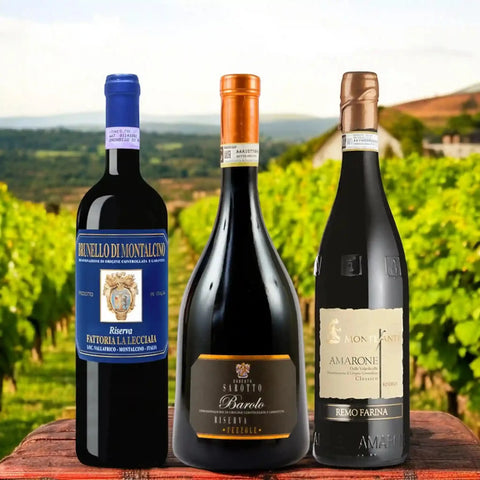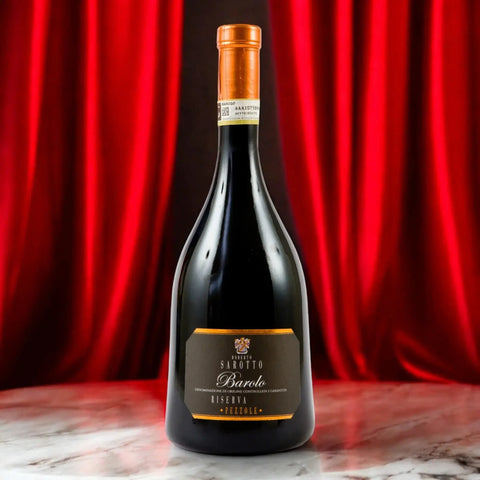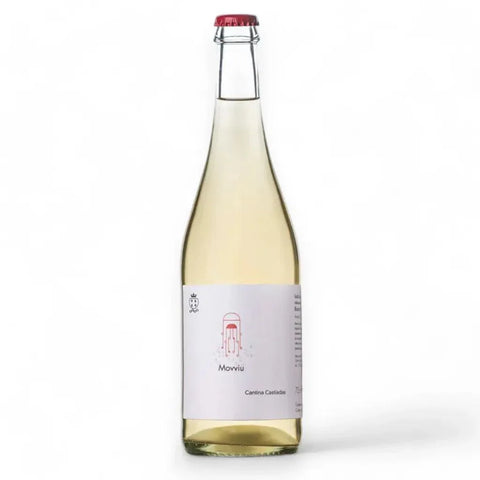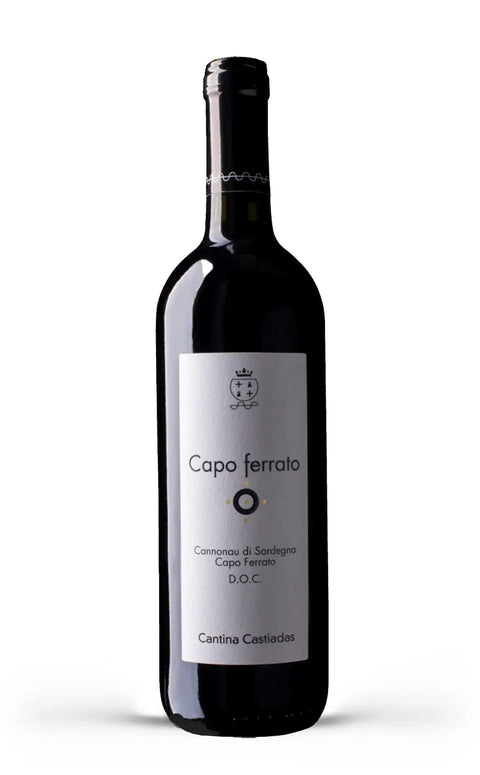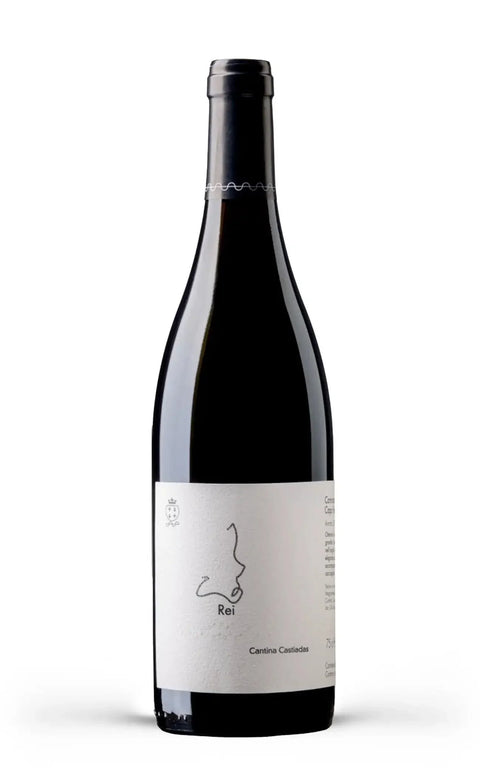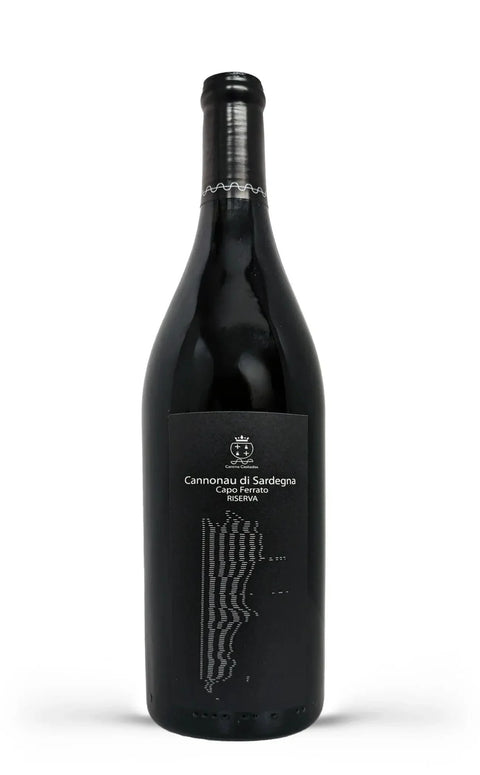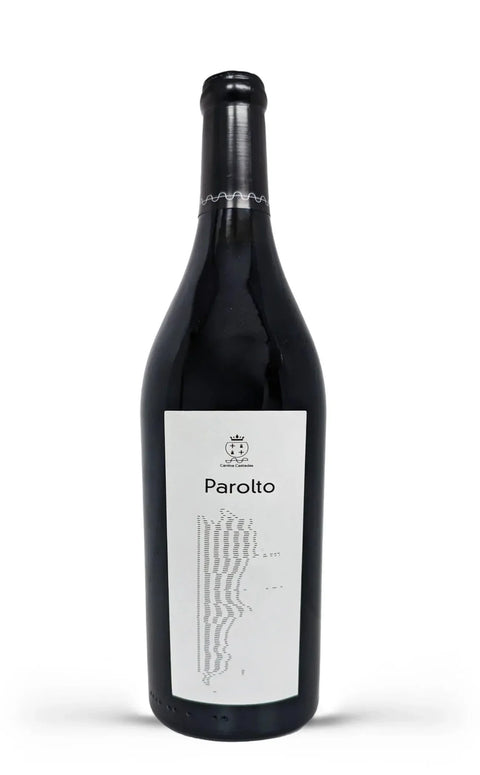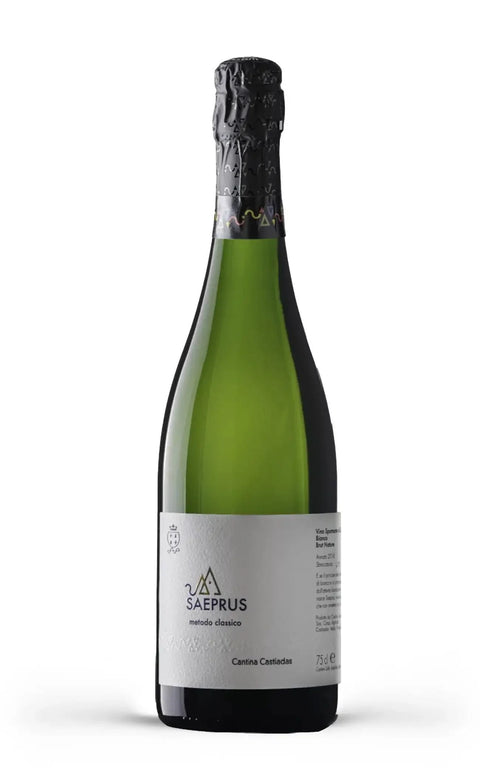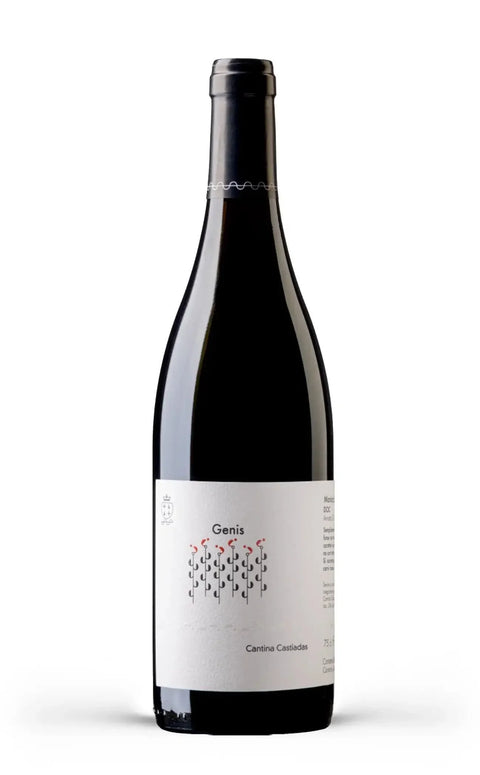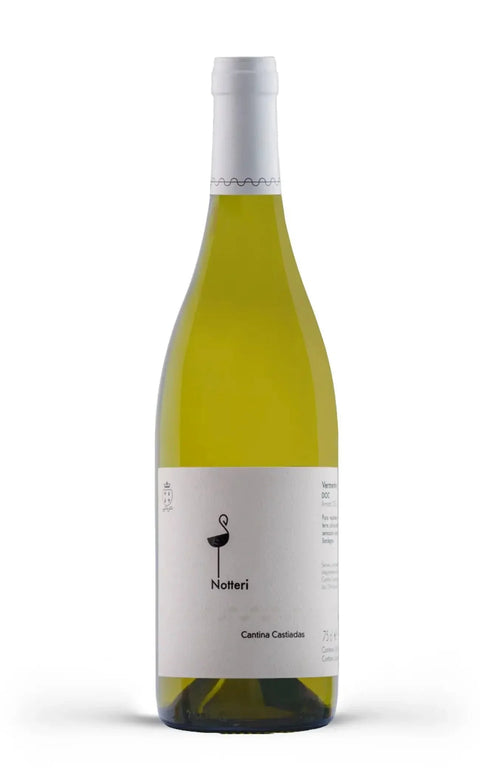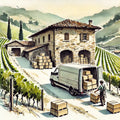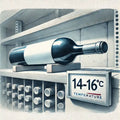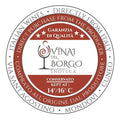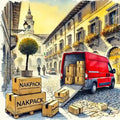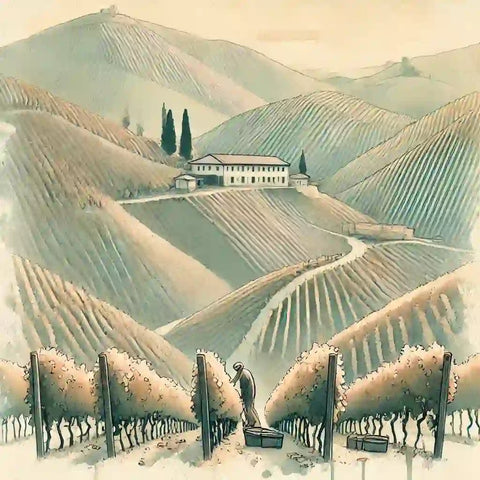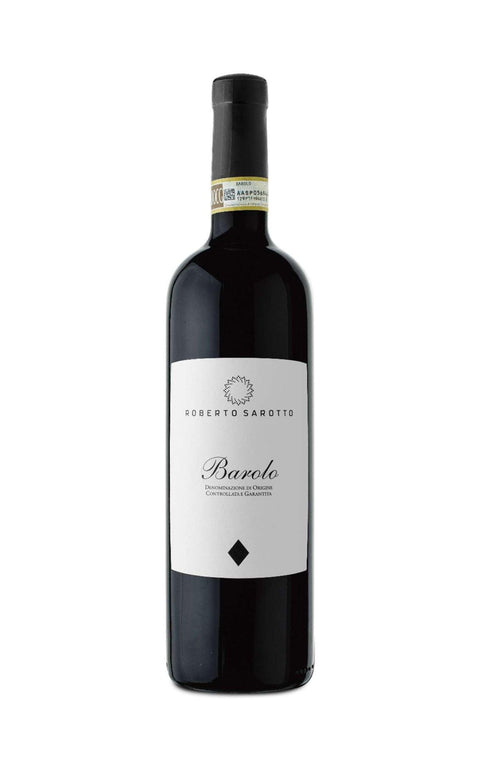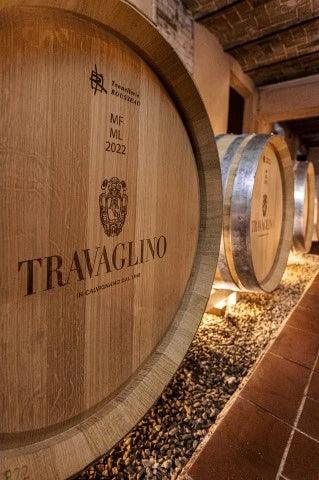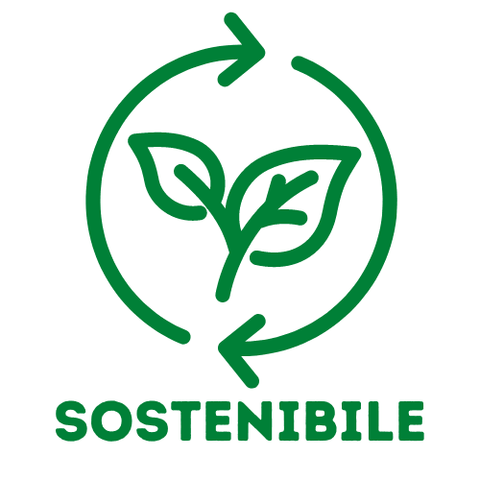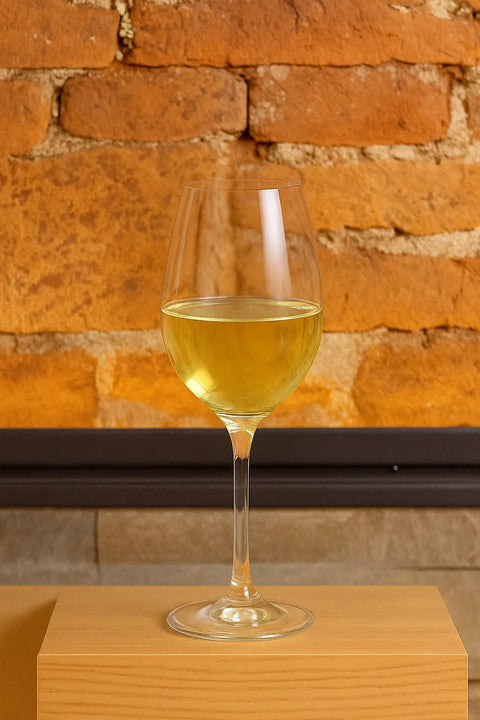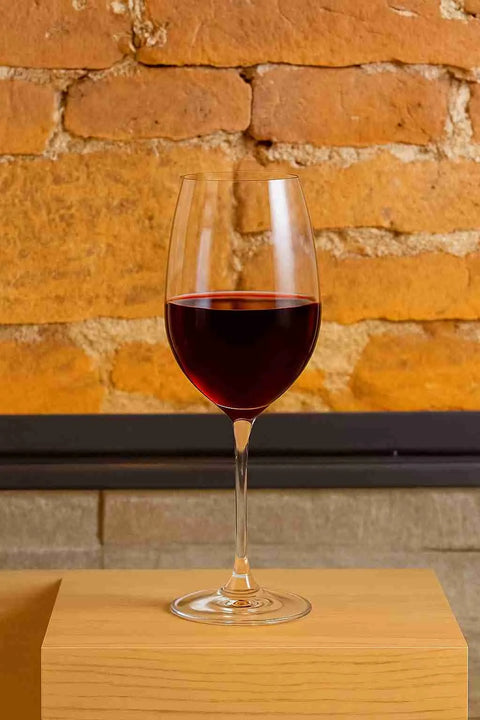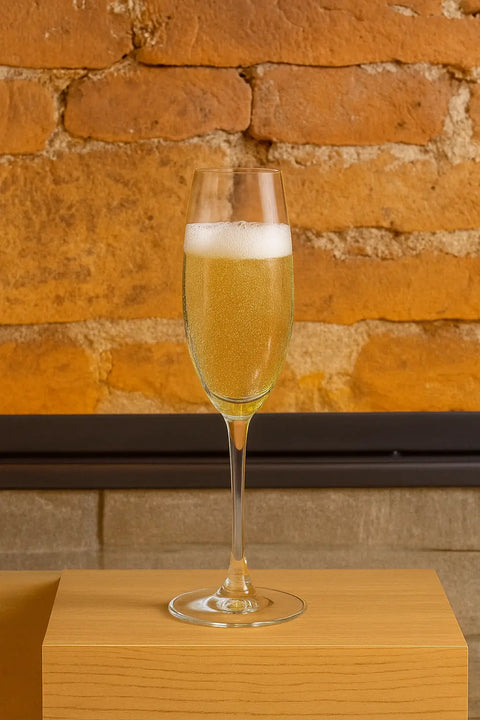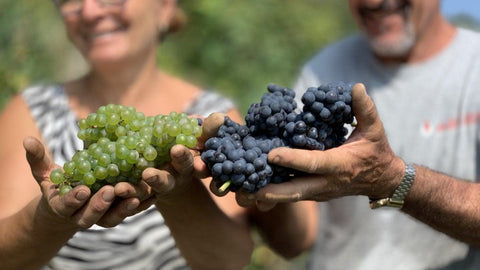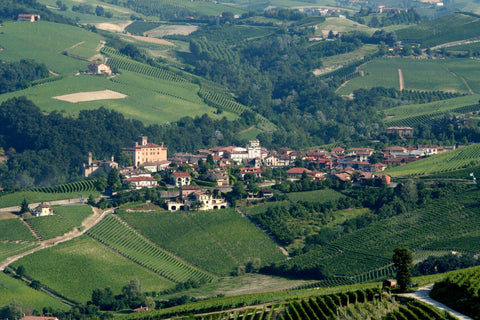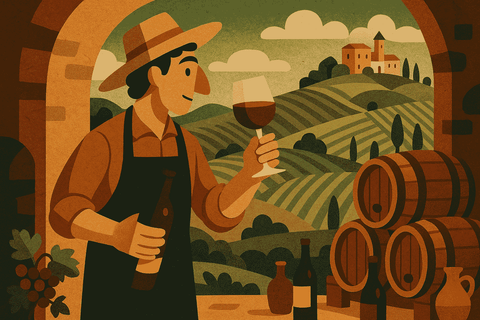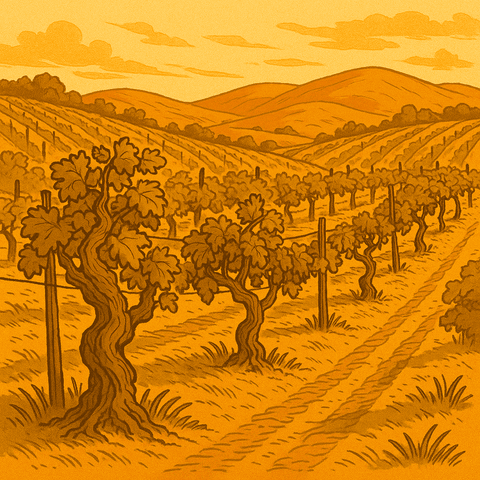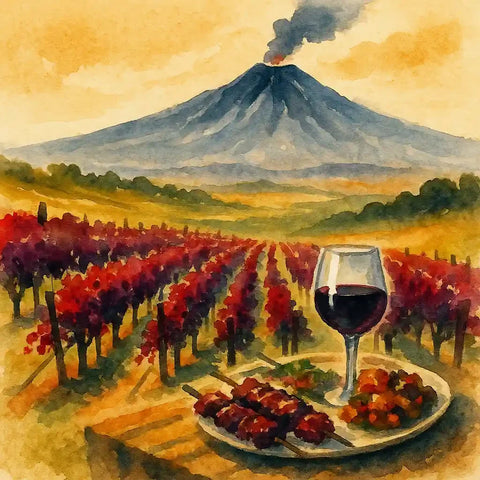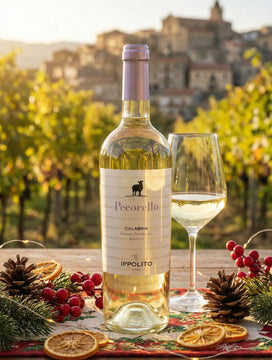What is the perfect match for Metodo Classico Sarapis Extra Brut - Cantina Castiadas ?
How to best serve this wine from Cantina Castiadas ?
How old can Metodo Classico Sarapis Extra Brut - Cantina Castiadas get?

BECOME OUR AMBASSADOR
Introduce us to your friends and get 10% cumulative credit on their every order, while they get 10% off. Sign up, share and get free wine credit!
POSITIVE IMPACT SHIPMENTS
What is the right occasion to enjoy this product from Cantina Castiadas ?
What is special about Metodo Classico Sarapis Extra Brut - Cantina Castiadas ?
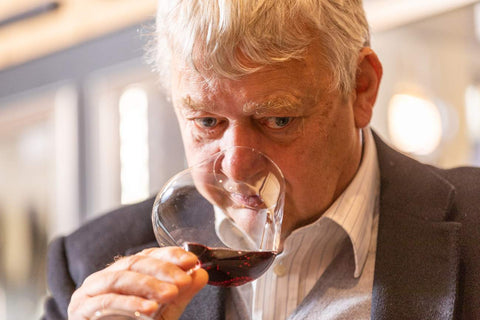
Why choose us?
We have been professionally selecting wine for international importers for over 30 years.
We only buy from the wineries and store each wine at a controlled temperature.
We only select quality products from producers with vineyards and do not work with bottlers. Short and sustainable supply chain.
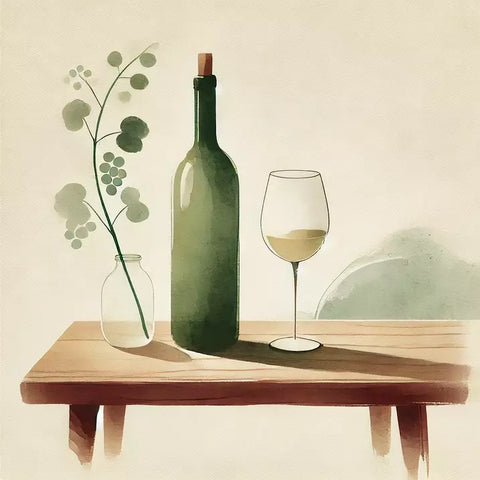
Do you need help?
We are always available! Write us on Whatsapp via the site chat or send us an e-mail!
We are also available by phone during the opening hours of the Enoteca.
+39 0174 320173
Frequently Asked Questions from customers who bought Metodo Classico Sarapis Extra Brut - Cantina Castiadas
HOW OUR SHIPPING WORKS
We ship each package via specialized couriers using patented and certified Nackpack break-proof packaging to deliver wines quickly and safely.
Furthermore, with every shipment via Greenspark , we eliminate 15 kg of CO2 at our own expense and plant a tree.
Here is our Shipping Policy
Each order is treated with the utmost care:
Professional packaging
We use certified Nackpack shockproof packaging, specifically designed for transporting wine.
Additional protection
Each bottle is wrapped in protective tissue and placed in break-proof packaging.
Check and seal
Before shipping, each bottle is checked and closed with our guarantee seal .
Fast times
The package is entrusted to the courier on the first available collection day.
Constant monitoring of the shipment
Follow the tracking to know the status of the delivery. We also monitor the orders in transit daily.
Special needs
If you have special requests, such as times or floor delivery, please let us know in advance. We will do our best to communicate them to the courier in the notes, but any extra services depend on the destination branch and cannot be booked by us.
No minimum order
You can also buy a single bottle. However, we recommend that you consider purchasing multiple products to optimize shipping costs.
What payment methods do you accept?
We accept the main secure payment methods such as Paypal, Shopify Payments and Satispay as well as:
Cards
Visa
MasterCard
American Express
Master
UnionPay
Wallet
Apple Pay
Google Pay
+Other Local Payment Managers
Bank transfer
All payments are processed through secure and certified circuits.
Can I cancel my order?
Yes, you can cancel your order before it ships (within one hour of purchase) . Please contact us as soon as possible after purchasing.
If your order has already been handed over to the courier, you can still return it once you have received the package, according to our return policy .
How do you store your wines? Can I request a shipment on a specific date?
All our wines are stored with the utmost care to ensure their integrity and quality:
In a climate-controlled warehouse at a constant 14°C,
In the wine shop at 16°C, with controlled humidity .
As regards shipping, we only carry out transport during periods when the outside temperature is between 10°C and 15°C , or we use refrigerated transport to protect the wines from sudden changes in temperature and heat.
Do you need your order to arrive on a specific date ? No problem: you can indicate it in the notes at checkout , or contact us immediately after purchase. We will do our best to schedule the shipment according to your needs.
Can I give this wine as a gift? Do you provide gift wrapping or personalized messages? Will the prices be visible?
Absolutely yes, we have thought of this too! You can give any wine present on Vinai del Borgo, including this one, in a simple and refined way. If you do not want to choose a specific bottle, you can opt for one of our Tasting Boxes , also perfect as a gift idea.
To ensure maximum safety during shipping, we always use our certified break-proof packaging. However, we offer the possibility of adding an external gift box : in this case, a gift card will be applied to the packaging and we will send two waybills , so as to protect the package even in the event of damage during transport. The service costs €3.95 and can be selected directly during checkout.
Want to add a personalized message or thought? No problem: write it in the order notes and we will insert it in the package.
Don't worry: the price won't be visible anywhere.
What are the advantages of purchasing from Vinai del Borgo compared to other sites or physical stores?
Buying on Vinai del Borgo means choosing wines selected by our family who has been in the sector as selectors for more than 30 years. All wines are purchased directly from the winery and stored in an optimal manner and we can ensure the supply chain from the vineyard. We offer safe shipping with certified shockproof packaging, dedicated and competent customer service, fast deliveries, and the convenience of receiving the wine directly to your home. In addition, we guarantee the quality of each bottle and offer exclusive offers for our regular customers and those subscribed to the newsletter.
If this wine is sold out, when will it be available again? Can I pre-order?
Of course you can contact us by email: info@vinaidelborgo.com or at +39 0174 320173.
What happens if I am not at home at the time of delivery?
No problem: the courier will make a new attempt the next day or leave a note with instructions to arrange a new delivery or collection at an approved point. If you have special needs, you can contact us and we will help you manage the delivery in the best way.
If I add this wine to an existing order, can I combine them into the same shipment?
If your first order hasn't shipped yet, yes! Contact us as soon as possible via email or WhatsApp indicating your order number and the new one: we will do our best to unify them into a single shipment, avoiding additional costs.
Is it possible to receive an invoice in my company's name?
Of course! At checkout, enter your complete company data (including VAT number and SDI or PEC code if necessary). The invoice will be automatically issued and sent via email. For any tax needs you can also contact us.
How is a wine chosen to enter your catalog? Do you follow a qualitative selection?
Yes, every wine on Vinai del Borgo is the result of careful selection. We work directly with producers who share our philosophy: authentic, local wines, often limited production and with a story to tell. We taste every label and include it only if we believe it offers real value to our customers.
How can I know if this wine is suitable for my personal taste? Do you offer a free consultation?
Of course! If you have any doubts, you can write to us directly: our team will guide you in your choice, advising you based on your tastes, favorite dishes or occasion of use. Alternatively, you can explore our themed Tasting Boxes : they are designed to help you discover new wines selected based on style, area or pairing.
Is it possible to ship to an address other than mine (e.g. gift, second home, office)?
Yes, you can enter a shipping address other than your billing address directly during checkout. This allows you to send the wine to a friend, a vacation spot or your office, with total convenience.
